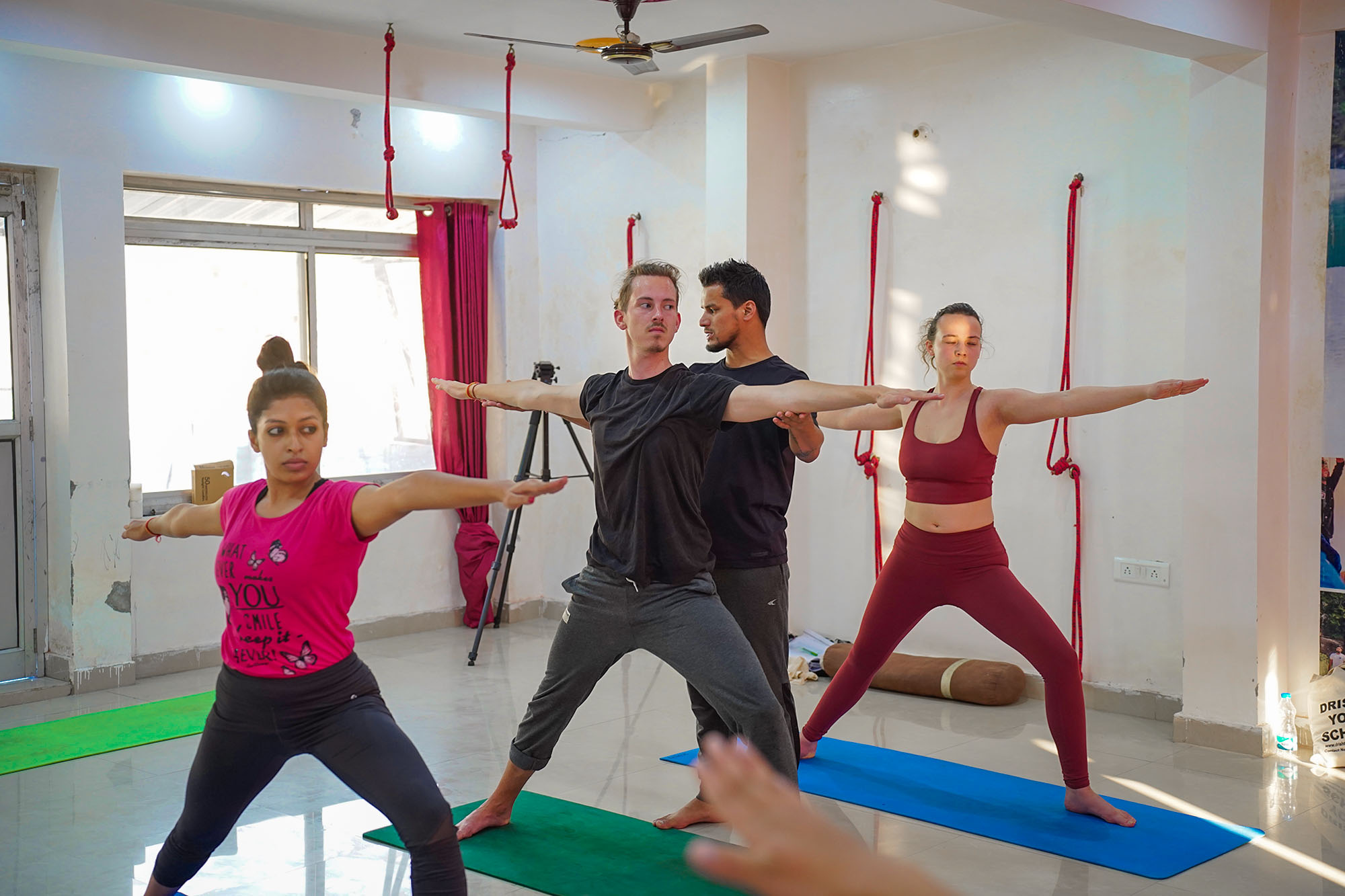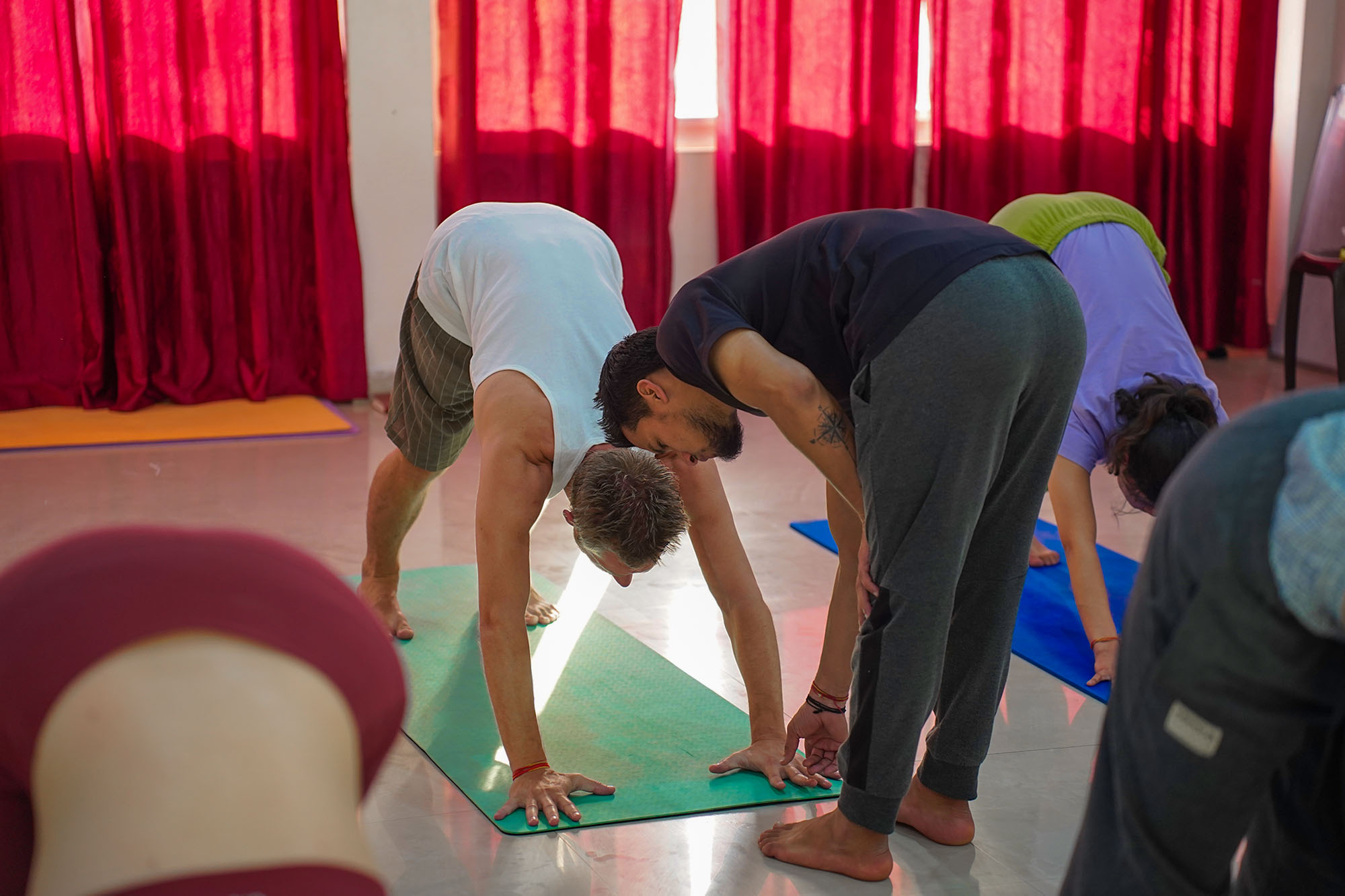Yoga has become increasingly popular worldwide, with many individuals seeking to become certified yoga teachers. If you've been contemplating embarking on a yoga teacher training journey, you may have come across terms like "200-hour" and "300-hour" programs. In this blog post, we will delve into the differences between these two training options, helping you understand which program might be the right fit for your aspirations and goals.
Understanding the Foundations: 200-Hour Yoga Teacher Training
The 200-hour yoga teacher training program serves as a foundational course, providing a comprehensive introduction to the principles and practices of yoga instruction.
- Basics of Yoga Philosophy: Introduction to yoga's ancient roots, including the eight limbs of yoga and the Yoga Sutras.
- Asana Practice: Learning and practicing essential yoga poses with proper alignment and modifications.
- Pranayama and Meditation: Exploring various breathing techniques and meditation practices.
- Anatomy and Physiology: Understanding the human body and its relationship to yoga asanas.
- Teaching Methodology: Developing teaching skills, including cueing, sequencing, and hands-on adjustments.
Duration and Time Commitment:
A typical 200-hour training program spans over a few weeks or months, requiring dedicated time and effort from participants.
Certification and Eligibility:
Upon completion of the 200-hour program, students receive a certification that allows them to teach yoga classes to beginners and in certain studio settings.

Advancing the Practice: 300-Hour Yoga Teacher Training
The 300-hour yoga teacher training program is an advanced course designed for individuals who have already completed a 200-hour program and seek to deepen their knowledge and teaching skills.
- Advanced Asanas: Exploring more challenging yoga poses, variations, and modifications.
- Yoga Philosophy and Spirituality: Diving deeper into the philosophical aspects of yoga, including the study of ancient texts and yogic traditions.
- Anatomy and Physiology: Further exploring the human body's intricacies and how it relates to advanced asanas and adjustments.
- Sequencing and Theming: Understanding how to create thoughtful and impactful yoga sequences for different levels and intentions.
- Teaching Methodology: Refining teaching skills, including advanced cueing, hands-on adjustments, and the ability to guide specialized classes.
Duration and Time Commitment:
A 300-hour training program typically takes several months or even a year to complete, requiring a higher level of commitment and dedication.
Certification and Eligibility:
After successfully finishing the 300-hour program, participants receive an advanced certification that allows them to teach more advanced yoga classes and specialize in specific areas of yoga.
Factors to Consider When Choosing Between 200-Hour and 300-Hour Programs
Commitment Level: Assess your dedication, availability, and willingness to invest time and energy into the training.
Career Goals: Consider your aspirations as a yoga teacher and whether you aim to specialize or teach more advanced classes.
Personal Practice: Reflect on the depth of your personal yoga practice and how it aligns with your desired level of teaching.
Financial and Geographical Considerations: Take into account the cost and availability of training programs in your area.

Deciding between a 200-hour and 300-hour yoga teacher training program is a personal choice that depends on your goals, commitment level, and aspirations as a yoga teacher. The 200-hour program provides a solid foundation for teaching yoga, while the 300-hour program offers an opportunity to delve deeper into advanced practices and specialization. By understanding the differences between these two training options, you can make an informed decision that aligns with your individual needs, helping you embark on a fulfilling and transformative yoga teacher training journey.
